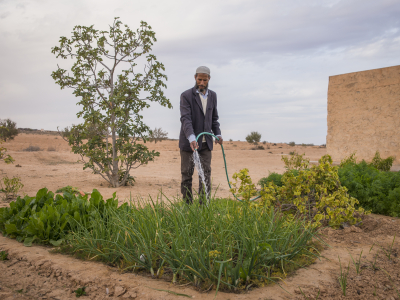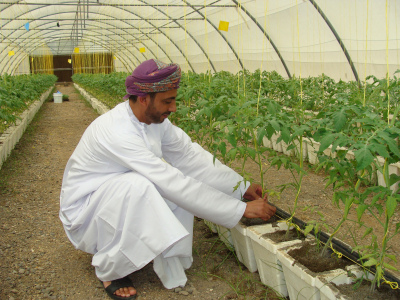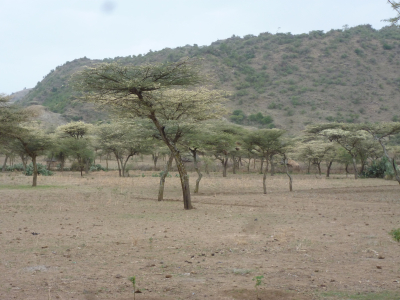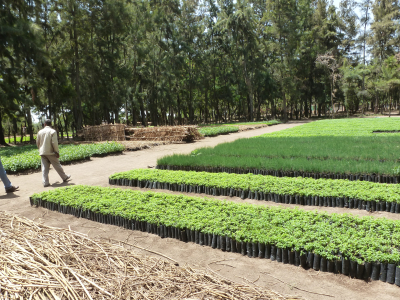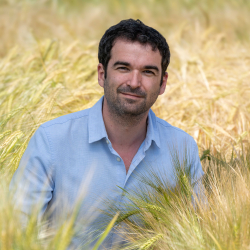Food security and poverty alleviation: increased availability of food through increased grain yields (at least 10%) if better adapted varieties are adopted in the region; the availability of high yielding/resistant crop varieties (at least 10 or 20) with drought and heat adaptation available for adoption; locally adapted seed is distributed to farmers according to the region; better adapted wheat varieties will be made available for the region with increased diversification; expected 10% increase in farmer’s incomes.
Adaptation to climate change and environmental sustainability: the availability of resilience and adaptation strategies through better management of PGRFA. The use of more water use efficient wheat varieties will promote sustainability of resources particularly water. Through this project, we will identify possible hot spots where wheat production is expected to decrease in a more evident way and strategies and options of PGRFA may need to change in the future for those hot spots. We will also determine the socio economic impact of using drought and heat adapted varieties in comparison to baseline wheat varieties in the region.
Scientific impact: the objective of this project in terms of scientific impact is to include national and regional programs on the development of new technologies and their application plus the capacity to develop scientifically sound analysis of the results. The project aims to transfer the already functional mechanics of hypothesis testing, analysis and decision making through scientifically sound results published in high impact scientific journals implemented in International Centers like CIMMYT and ICARDA and transfer this capacity to the national and regional programs. Through this project important opportunities for information exchange and technology transfer will be implemented among different disciplines: genbanks, computer scientists, physiologists, pathologists and biotechnologists together with the same objective. Linkages between disciplines will open new opportunities of collaborations and to increase scientific impact in the target region.
Capacity development and empowerment: through the project, young scientists involved in marker use, database development, modelling, physiological trait based breeding will be involved in all the processes and will learn how to use them. At least around 18 young scientists will be selected with a strong sense of gender equality for opportunities, empowered and equipped with skills for the above technologies and how to bring them together for the purpose of PGRFA management, dissemination and use. Institutions will be linked and will be encouraged to continue the characterization of germplasm stored in local genbanks in the future to further expand the impact of this database to the scientific community. The project will provide equal opportunities to both women and man for capacity development and empowerment.
